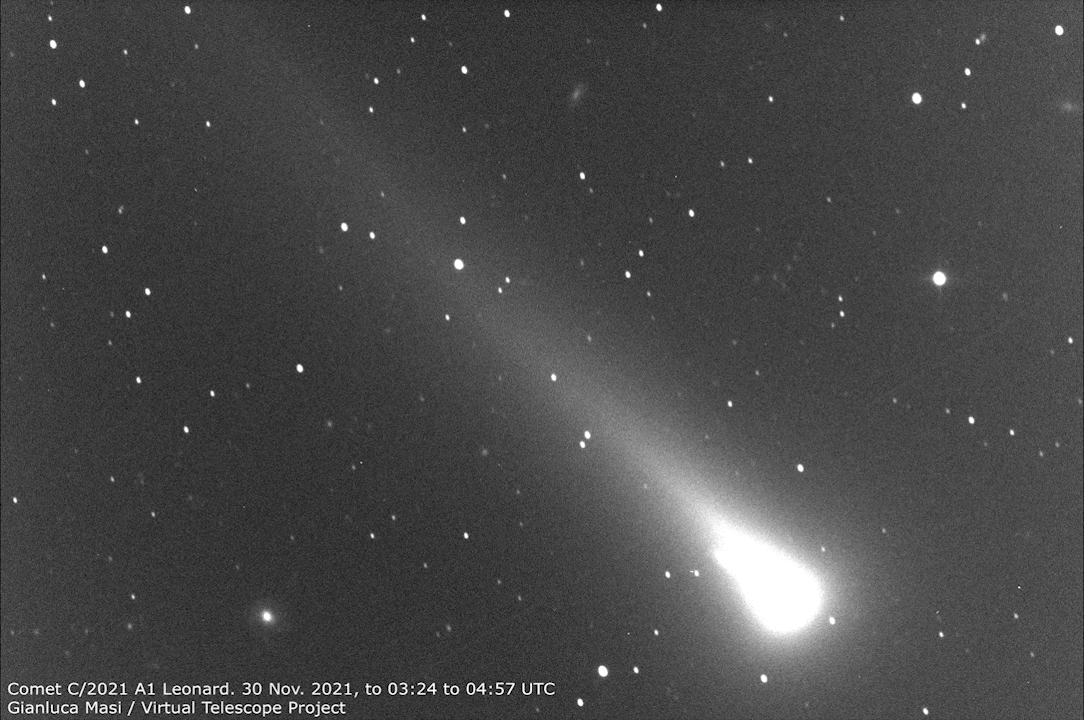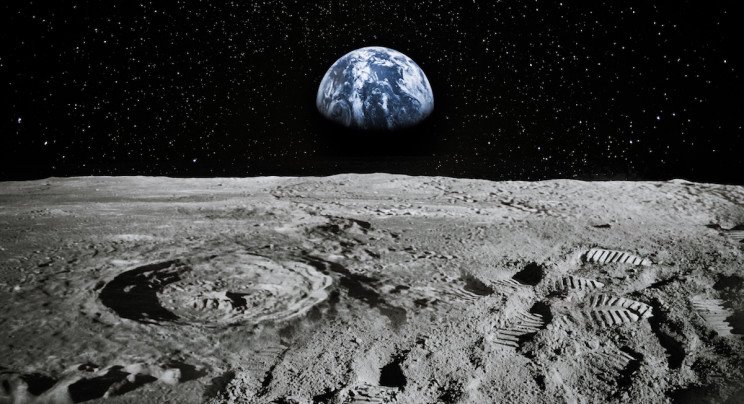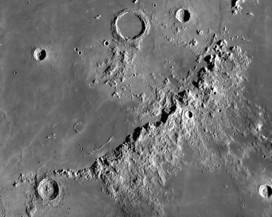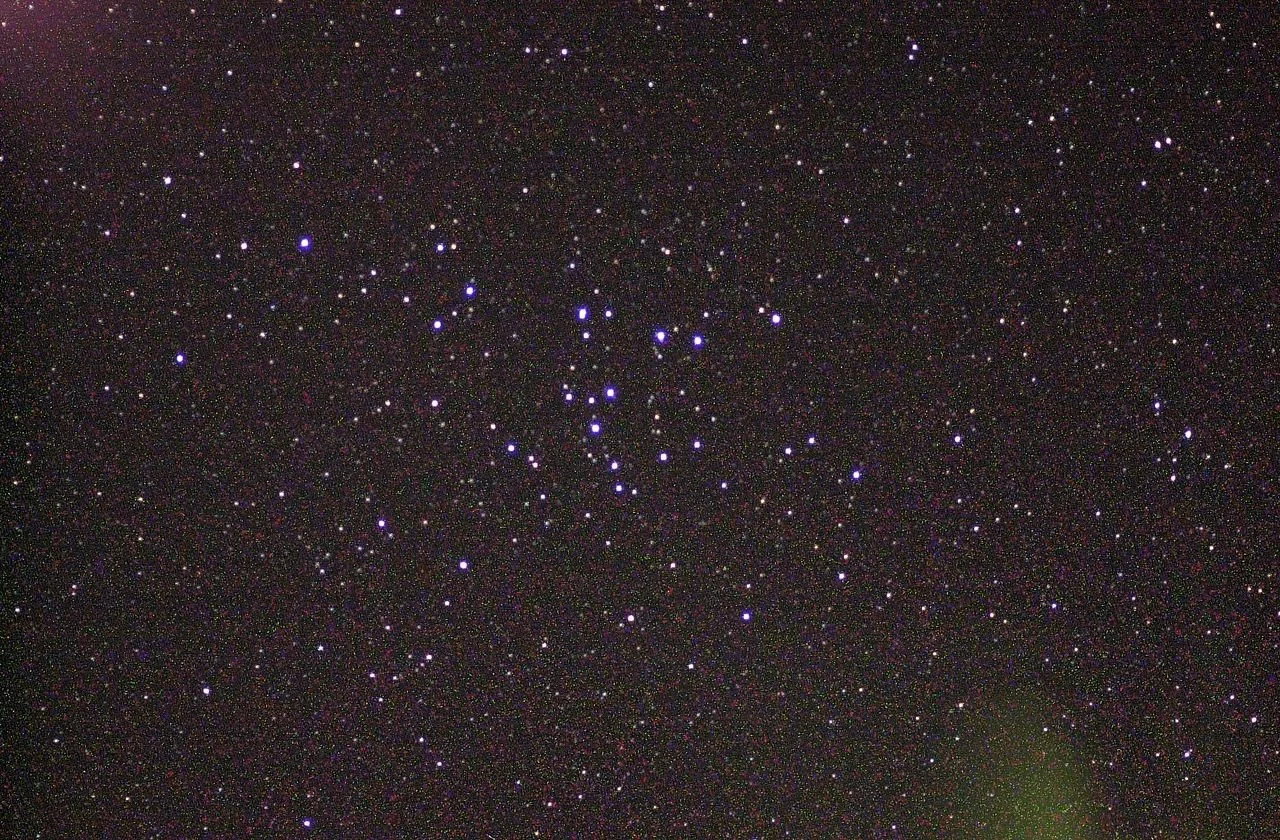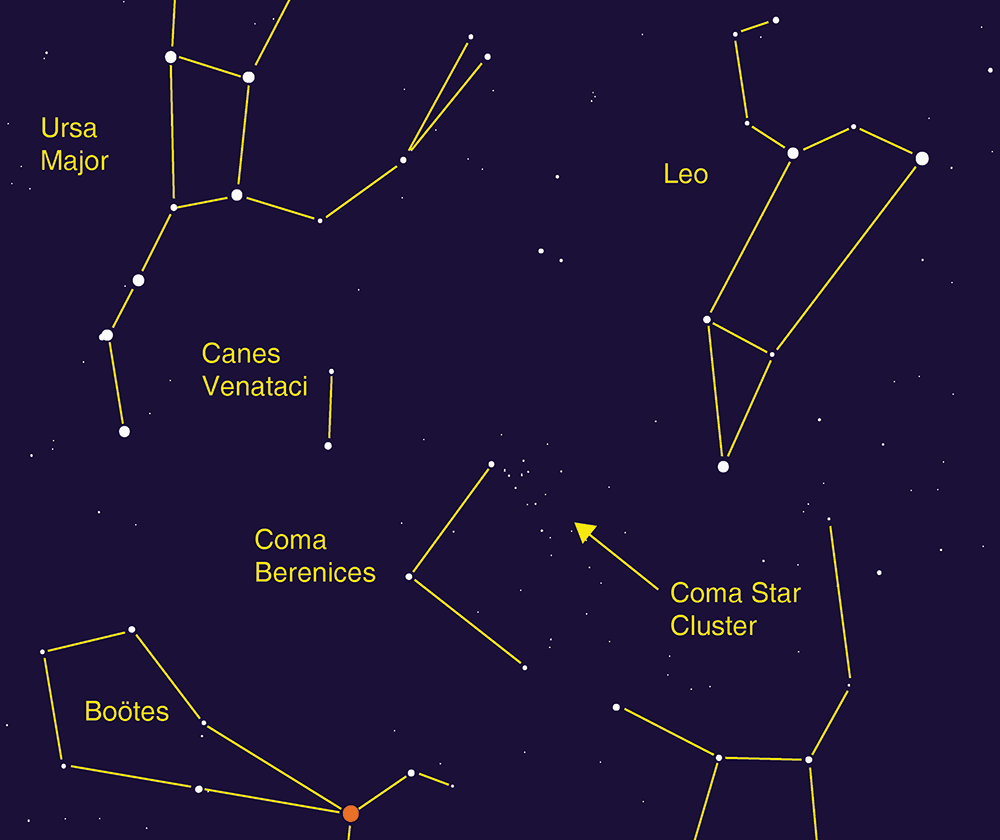Astral Projections Online May 2023
Check our Website for updated content at www.astra-nj.com
Club Presentations Wanted:
Does anyone have any astronomy items of interest to share with the membership?
Please let us know at Club Contacts.
Club dues and membership. If you renew after March 31 you will be renewed as a new member.
ASTRAL PROJECTIONS ONLINE (APO for short) is an email-linked publication for members only. If you exit APO to the club website or other resources you will need to use the emailed link again to get back to it. If you wish to retain a copy please bookmark or refer back to the email. We will make all efforts to post by the first week of the month.
Submissions Welcome: Members are invited to submit articles, photos, news, or stories for inclusion with Astral Projections Online. Please contact the ASTRA Webmaster.
Event Calendar
ASTRA’s next meeting will be Friday, May 12, 2023, at 7 PM EST. This will be an in-person meeting at Novins Planetarium - Building 13.
EVENT Cancellations: Members will receive email notifications of an event cancellation.
Upcoming May ASTRA Meeting
For our May meeting, there will be a presentation on Comets.
Public - Jakes Branch Star Party - May 13 - 9 PM
Public - Jakes Branch Star Party - June 10 - 9 PM
Public - Cloverdale Farms Star Party - July 15 - 9 PM
Public - Jakes Branch Star Party - July 22 - 9 PM
Public - Jakes Branch Star Party - August 19 - 9 PM
Public - Island Beach State Park Moonlight Hike - Every Friday at 7 PM (Parking Lot 13)
July 7, July 14, July 21, July 28
August 4, August 11, August 18, August 25
Upcoming County & State Park Presentations 2023
Public Outreach Presentations, if any member wishes to support ASTRA outreach efforts with the public, please let Vinny, Ro, or Jim know of any interest.
County & State Park presentations require a registration fee, call the hosting park to reserve.
Island Beach State Park Ocean Fun Day - May 20 - 11 AM to 3 PM - Free Event - This event will be similar to Cattus Island Nature Festival. (No presentations) One table with display and solar telescope if clear.
Island Beach State Park - June 17 - 11 AM to 1 PM - SciStarter Earth Science and Dark-Sky presentations at Interpretive Center. Registration is required.
Website Updates …
Please visit our club website. We continue to have additional updates, if there is some content that would be useful to members please let us know.
"The cosmos is all that is or ever was or ever will be. Our feeblest contemplations of the Cosmos stir us - there is a tingling in the spine, a catch in the voice, a faint sensation, as if a distant memory, or falling from a height. We know we are approaching the greatest of mysteries.”
- Carl Sagan, Astronomer
Event Reports
April 19 - ASTRA was invited back to the Educators Roundtable. This year was at the Lighthouse Center for Natural Resource Education in Waretown. We represented our astronomy club with a display on solar astronomy and light pollution with displays for International Dark-Sky Association as well as SciStarter.
APO Editor Note: I was told by the park management that ASTRA was here many years ago. Definitely before my time.
April 20 - ASTRA was invited to participate in the Green Fair at Toms River High School North, by the Save Barnegat Bay team. We had a similar display from the Roundtable. We had a good turnout and interest in all three display items. I found that even from within the community, there are people that are not aware of ASTRA, so this was a good event getting us noticed.
April 22 - Jakes Branch Star Party, was canceled due to weather. Measuring rain total the next day amounted to 2 1/2 inches of rain. Quite a bit for the night.
April ASTRA Meeting Summary
Telescope Workshop
April is ASTRA telescope workshop. We had a good turnout of the membership along with the public coming for assistances with their telescopes or there to ask questions. Some even signed up to become members.







Our Nearest Neighbor
Let’s explore some interesting features, facts, or myths about our nearest neighbor, the Moon. Without it, life on Earth would be totally different, if not at all.
Montes Apenninus
Montes Apenninus is a rugged mountain range on the northern part of the Moon's near side. They are named after the Apennine Mountains in Italy. With their formation dating back about 3.9 billion years, Montes Apenninus are fairly old.
This NASA image is a mosaic of photos by the Lunar Reconnaissance Orbiter, made with Wide Angle Camera.
From Eratosthenes, the mountains form an arcing chain that gradually bends from east to northeast, ending at Promontorium Fresnel at about latitude 29.5° N. Here is another gap where the Mare Imbrium to the west joins the Mare Serenitatis to the east. At the north end of this gap lie the Montes Caucasus.[1]
This region has a lot of eye candy for observers including Crater Archimedes.
This range contains several mountains that have received names, listed below ranging from west to northeast:
Mons Wolff
Mons Serao (unofficial name)
Mons Ampère
Mons Huygens, often listed as the highest mountain on the Moon (though not the highest point)
Mons Bradley
Mons Hadley Delta
Mons Hadley
The last two peaks are perhaps most famous for forming the valley where the Apollo 15 mission made its landing. This landing was considered one of the most scientifically successful missions of the Apollo program and started the last three J-Series missions that included the lunar rover and 3-day stays. Apollo 15 explored smaller peaks Mons Hadley Delta (δ) and Rima Hadley Rille. This was perhaps the most geologically diverse landing site of the program.
Cattus Island Nature Festival
Unfortunately, the Cattus Island Nature Festival was canceled due to the severe weather we had that weekend. We are hoping for the best for next year. After a discussion with the park, we decided to go ahead with the two presentations, if anyone showed up. A few of our ASTRA members did brave the weather to attend and had a good time. First up was Beginner Astronomy: Solar Astronomy followed by SciStarter Space Science. We agreed to do Space Science instead of Earth Science as it was our members’ on-hand.
Trevor Bartone of SciStarter flew in from Ohio and wrote the following on the SciStarter Facebook page:
It may have been rainy outside at Cattus Island County Park today, but inside the sun was shining as Jim Webster, a SciStarter Ambassador, gave an amazing presentation on solar astronomy.
Interested in learning more? Check out these great citizen science projects geared toward observing the sun: https://scistarter.org/finder?phrase=Sun&active=true
Outreach material below is distributed free for public outreach.
Around The Web
Hidden Water
The moon is strewn with minuscule beads of glass that have formed over billions of years as soil ejected during asteroid impacts cools and falls back to the lunar surface. An analysis of lunar samples delivered to Earth by China's Chang'e-5 probe has now revealed that those beads contain a substantial amount of water.
For more go to: Space.com
Additional information on this can be found at NASA.Gov
On the lighter side of astronomy …
Members Submitted Articles & Items
Whatever it is, the way you tell your story online can make all the difference.
Nothing was submitted this month.
For more go to NASA Jet Propulsion Laboratory webpage: What’s Up: Skywatching Tips From NASA
This article and images are distributed by NASA Night Sky Network
The Night Sky Network program supports astronomy clubs across the USA dedicated to astronomy outreach.
Visit nightsky.jpl.nasa.gov to find local clubs, events, and more!
NSN Article for May was not available.
The Night Sky Network article for May was not available. Segments of the article below appeared in May 2019.
Watching the Late Spring Skies
By David Prosper
Late spring brings warmer nights, making it more comfortable to observe the Eta Aquarids meteor shower. Skywatchers can also look for the delicate Coma Star Cluster.
The Coma Star Cluster, a collection of stars that are visible to the naked eye in the constellation Coma Berenices, is visible in this view photographed by astronaut Donald R. Pettit, Expedition Six NASA ISS science officer, on board the International Space Station (ISS). The Coma Cluster is visible as a faint fuzzy patch between the constellations Leo and Virgo. The naked eye cannot resolve the individual stars, but collectively, they merge into a fuzzy flow in this part of the sky.
The Eta Aquarids meteor shower has an unusual “soft peak,” meaning that many meteors can be spotted several days before and after. You may be able to spot a couple of dozen meteors an hour from areas with clear dark skies. Meteors can appear in any part of the sky and you don’t need any special equipment to view them; just find an area away from lights, lie down on a comfy lawn chair or blanket, relax, and patiently look up. These brief bright streaks are caused by Earth moving through the stream of fine dust particles left by the passage of Comet Halley. While we have to wait years for the famous comet to grace our skies once more, we are treated to this beautiful cosmic postcard every year.
While you’re up meteor watching, try to find a delightful naked-eye star cluster: the Coma Star Cluster (aka Melotte 111) in the small constellation of Coma Berenices. It can be spotted after sunset in the east and for almost the entire night during the month of May. Look for it inside the area of the sky roughly framed between the constellations of Leo, Boötes, and Ursa Major. The cluster’s sparkly members are also known as “Berenice’s Hair” in honor of Egyptian Queen Berenices II’s sacrifice of her lovely tresses. Binoculars will bring out even more stars in this large young cluster.
Try to spot the Coma Star Cluster! Image created with assistance from Stellarium
Let’s Explore Space - What’s in the Sky May 2023.
King Cobra Cluster - M67
Messier 67 and sometimes called the King Cobra cluster or the Golden Eye cluster is an open cluster in the southern, equatorial half of Cancer. It was discovered by Johann Gottfried Koehler in 1779. Estimates of its age range between 3.2 and 5 billion years. Wikipedia
Apparent magnitude (V): 6.1
Declination: +11° 49′
Right ascension: 08h 51.3m
Distance: ~2.61–2.93 kly (800–900 pc)
Age: between 3.2 and 5 billion years
Radius: 10 ly
Constellation: Cancer
Viewing of M67 should be good until the middle of May, so view it while you can. With an apparent magnitude of +6.1, M67 is at the limit of naked-eye visibility. However, it's easily seen in 10x50 binoculars, appearing as an elongated blur of light with several member stars resolvable. Through telescopes, M67 is a beautiful object. An 80mm (3.1-inch) refractor reveals a sprinkling of bright stars superimposed on a large concentrated misty patch of light. When seen through 150mm (6-inch) or 200mm (8-inch) scopes, the cluster is resolved into dozens of stars with most of them concentrated towards the center. The background appears hazy with high magnifications resolving fainter members.
Tonight’s Sky: May
In May, we are looking away from the crowded, dusty plane of our own galaxy toward a region where the sky is brimming with distant galaxies. Locate Virgo to find a concentration of roughly 2,000 galaxies and search for Coma Berenices to identify many more. Keep watching for space-based views of galaxies like the Sombrero Galaxy, M87, and M64.
Visit the STScI which produces Hubblesite.org video overviews for Tonight’s Sky.
They can be found both on Facebook and stsci.edu.
Submissions Welcome
Members are invited to submit articles, photos, news, or stories for inclusion with Astral Projections Online. Please contact the ASTRA Webmaster.
